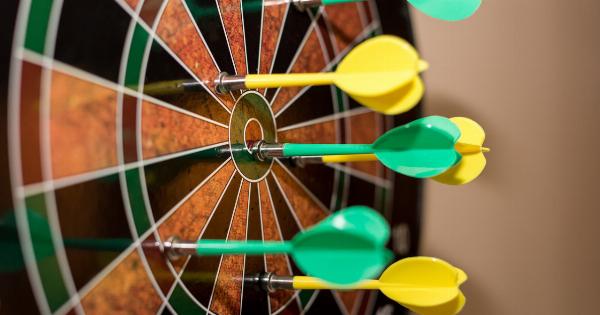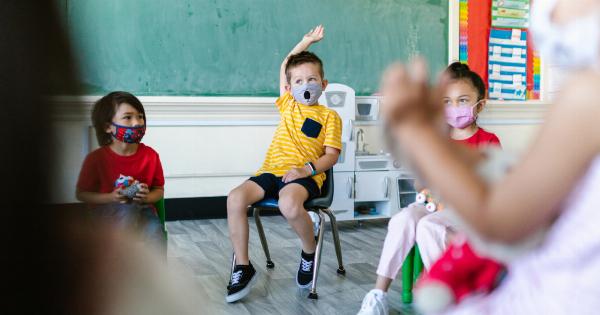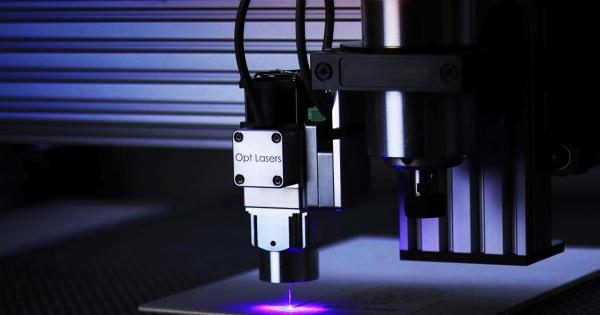The brain is an intricate organ responsible for controlling various bodily functions, including movement. It is a complex network of neurons and synapses that work together to ensure our motor skills and coordination.
Our ability to perform and remember movements is essential for daily activities, from simple tasks like walking to more complex actions like playing a musical instrument.
Movement Memory: A Neurological Marvel
How does the brain save and use movement data? This question has fascinated neuroscientists for decades, and ongoing research continues to shed light on the intricate mechanisms involved in this process.
One key aspect of movement memory is known as motor learning. Motor learning refers to the acquisition and refinement of motor skills through practice and repetition.
It involves various areas of the brain, including the primary motor cortex and the cerebellum.
The Role of the Basal Ganglia
The basal ganglia, a collection of structures deep within the brain, also play a crucial role in movement memory. This region is involved in the planning, initiation, and execution of movement sequences.
Research suggests that it is responsible for storing information related to movement and facilitating the retrieval of this information when needed.
In particular, the basal ganglia are involved in the formation and storage of habit-based movements. These movements are automatic and often repetitive, such as riding a bike or typing on a keyboard.
The basal ganglia help us perform these actions without conscious effort, relying on stored movement data.
Encoding and Consolidation of Movement Data
The brain encodes movement data through a process called synaptic plasticity. Synaptic plasticity refers to the ability of synapses (connections between neurons) to strengthen or weaken based on activity patterns.
This process allows the brain to adapt and modify neural connections to optimize movement performance.
Once movement data is encoded, it undergoes a consolidation process. Consolidation involves stabilizing and strengthening the newly formed neural connections, ensuring long-term retention of the movement data.
Different brain regions, including the hippocampus and the neocortex, are involved in the consolidation of movement memory.
Reactivation of Movement Data
When we recall a specific movement, the brain reactivates the corresponding movement data. This reactivation involves the retrieval of information from various brain regions and the integration of this information to execute the desired movement.
Research has shown that the reactivation of movement data occurs not only during physical movement but also during mental imagery of the movement.
This phenomenon suggests that mental rehearsal and visualization can contribute to improving motor skills and performance.
The Role of Feedback in Movement Learning
Feedback plays a vital role in movement learning. It provides the brain with information about the accuracy and effectiveness of a movement, allowing for adjustments and improvements.
Feedback can be intrinsic, derived from proprioception (awareness of body position) and kinesthesia (awareness of body movement). It can also be extrinsic, provided by external sources such as a coach or visual cues.
Studies have shown that the brain relies on feedback mechanisms to refine and optimize movement. It uses this feedback to update movement data, leading to enhanced motor skills and coordination.
Implications for Rehabilitation, Neurology, and Robotics
The investigation of how the brain saves and uses movement data has profound implications in various fields, including rehabilitation, neurology, and robotics.
In rehabilitation, understanding the mechanisms behind movement memory can assist in developing effective therapies for individuals with movement disorders or injuries.
By targeting the appropriate brain regions involved in movement, rehabilitation techniques can be tailored to enhance motor recovery.
In neurology, studying movement memory can provide insights into disorders such as Parkinson’s disease and Huntington’s disease, which are characterized by motor impairments.
Unraveling the underlying mechanisms can aid in the development of new treatments and interventions.
In robotics, mimicking the brain’s ability to save and use movement data is crucial for creating more advanced and autonomous robotic systems.
By understanding the neural processes involved in movement memory, researchers can develop robots capable of learning and adapting to various physical tasks.
Conclusion
The brain’s capacity to save and use movement data is a fascinating area of study within neuroscience.
Through motor learning, the encoding and consolidation of movement data, and the reactivation of this data, our brains enable us to perform a wide range of movements seamlessly. Understanding the intricate mechanisms behind movement memory has implications for fields such as rehabilitation, neurology, and robotics, paving the way for advancements in therapies, treatments, and technology.






























